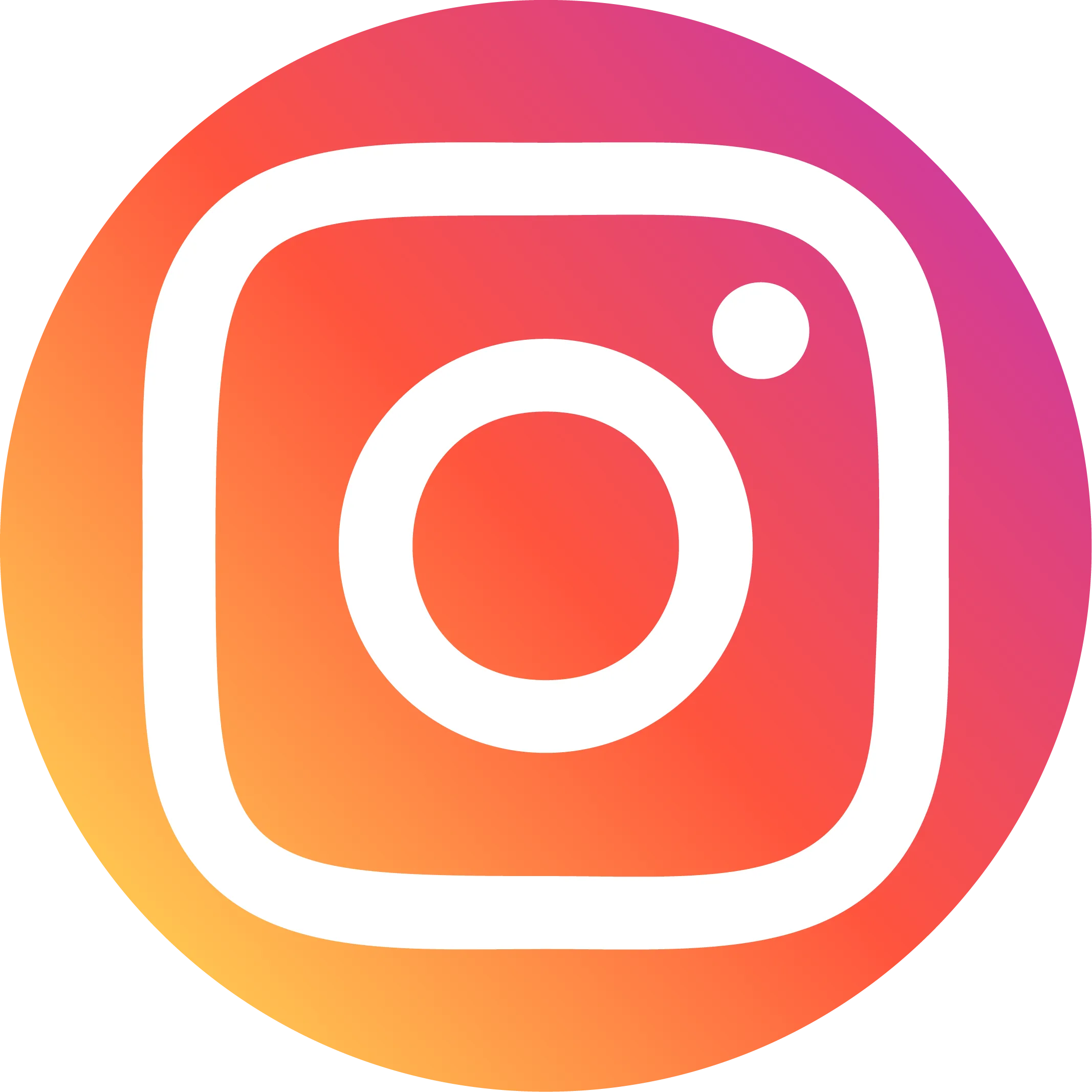This is a quick way to maximize travel conversions with Bing Ads native ads
In the competitive landscape of digital marketing, the digital marketing landscape is evolving at breakneck speed, and Bing' recent introduction of Copilot Search exemplifies how AI-driven innovations are reshaping user behavior. LATAM Airlines faced a critical challenge: how to stand out in Brazil’s crowded travel market. While traditional search campaigns had been their go-to strategy, the airline recognized the need for a more dynamic approach to drive demand for flight searches. The solution? A strategic pivot to native advertising on Bing Ads. By allocating 25% of their budget to native formats, LATAM achieved a 240% boost in reach, a 133% surge in click share, and most impressively, a 170% higher conversion share. This success story underscores the transformative power of native ads in performance marketing, particularly for industries like travel where engagement and visual appeal are paramount.

I. The Strategic Shift to Native Ads
LATAM Airlines’ journey began with an acknowledgment of the limitations of relying solely on search campaigns. While search ads excel at capturing intent, they often lack the visual and contextual appeal needed to inspire action. Native ads, however, blend seamlessly into the user experience, offering a less intrusive yet highly engaging way to showcase travel destinations and promotions. The airline’s decision to gradually integrate native ads—starting with a modest investment—allowed them to test and refine their approach without overcommitting resources. This cautious yet deliberate strategy paid off, as native ads soon accounted for a quarter of their total Bing Ads spend. The key to this shift was aligning the campaign with specific objectives: increasing flight searches, improving click share, and ultimately driving conversions. By focusing on these metrics, LATAM ensured that every dollar spent on native ads contributed directly to measurable outcomes.
II. Campaign Strategies and Execution
LATAM’s success was rooted in three meticulously designed campaigns, each tailored to a distinct audience segment. The Travel Audience Remarketing campaign was aimed at users who had browsed LATAM’s homepage in the past or conducted searches for particular destinations. This approach not only reduced cost per search but also nurtured potential customers who were already considering travel. The Special Interests Campaign took a broader approach, targeting affinity audiences such as sports enthusiasts, arts lovers, and fashion followers. By aligning ads with these interests, LATAM tapped into aspirational travel motivations, driving engagement beyond transactional searches. Finally, the Destination Remarketing campaign retargeted users based on their search behavior, using Bing Ads' Copilot tool to generate fresh ad assets dynamically. This combination of precision targeting and creative agility ensured that LATAM’s ads remained relevant and compelling across the customer journey.
III. Results and Impact
The numbers speak for themselves. Beyond the staggering 170% increase in conversion share, LATAM’s native ads delivered a 240% expansion in reach—a testament to the format’s ability to capture attention in a cluttered digital environment. The 133% rise in click share further highlighted how native ads outperformed traditional search campaigns in driving user interaction. Qualitatively, the campaigns enhanced LATAM’s brand visibility, positioning the airline as a top-of-mind choice for Brazilian travelers. Gregorio Meireles, LATAM’s Head of E-commerce, attributed this success to Bing Ads' unique capabilities, noting that the platform’s native formats were instrumental in achieving their goals. These results not only validated LATAM’s strategic shift but also set a benchmark for other travel brands exploring native advertising.

IV. Comparative Case: Almundo’s Success with Bing Ads
LATAM’s story is far from isolated. Almundo, a prominent Latin American travel agency, utilized Bing Ads to manage the increased demand that occurred after the election. By increasing budgets and optimizing campaigns for seasonality, Almundo achieved a 102% week-on-week growth in conversions, with a 51% higher conversion rate. Like LATAM, Almundo benefited from Bing Ads' robust targeting tools and AI-driven optimizations, which enabled them to scale efficiently during peak periods. Both cases illustrate how Bing Ads' ecosystem—particularly its native and search ad integrations—can deliver exceptional results in dynamic markets.
V. Bing Ads' Ecosystem Advantages
What sets Bing Ads apart is its holistic approach to performance marketing. The platform’s audience targeting capabilities—including affinity and remarketing tools—enable advertisers to reach users with precision. AI and automation play a pivotal role, with features like Copilot streamlining creative production and generative AI enhancing ad relevance. Additionally, the Microsoft Rewards Program indirectly boosts ad performance by fostering user loyalty. For example, the program’s partnership with Duolingo incentivizes engagement, creating a more receptive audience for advertisers. These interconnected features make Bing Ads a powerful ally for brands aiming to maximize ROI.
For advertisers seeking to maximize these advantages, partnering with a specialized agency like Topkee can unlock additional efficiencies. Topkee’s expertise in landing page optimization ensures alignment between ad messaging and post-click experiences, critical for maintaining quality scores and lowering acquisition costs. Our attribution-based remarketing strategies further refine audience segmentation, leveraging Bing' native tools to retarget users based on behavioral signals.
Moreover, Topkee’s automated rule-setting and KPI-driven optimization align with Bing' AI features to streamline campaign management. Advertisers sustain their competitive edge by implementing dynamic bid adjustments and refreshing creatives based on real-time performance data.
VI. Industry and Platform Trends
The travel industry’s embrace of native ads reflects a broader shift in digital marketing. As consumers grow weary of disruptive ads, formats that blend into content—such as native and generative AI-powered experiences—are gaining traction. Bing Ads' recent innovations, like its generative search results, exemplify this trend. By combining AI-generated answers with traditional search results, Bing Ads offers a more intuitive and engaging user experience, which in turn benefits advertisers. For LATAM and similar brands, these advancements mean more opportunities to connect with audiences in meaningful ways.
Topkee’s expertise aligns seamlessly with these trends, offering brands the tools and strategies to harness Bing' evolving ecosystem. Our services include keyword research to identify high-intent search queries, audience segmentation for precision targeting, and AI-enhanced creative production to ensure ads resonate contextually. Additionally, our landing page optimization ensures alignment between ad messaging and post-click experiences, a critical factor in converting native ad engagement into measurable outcomes. By integrating these capabilities, Topkee enables advertisers to capitalize on Bing' native and AI-driven features, the potential for advertisers to achieve scalable, data-driven success will only expand.

Conclusion
LATAM Airlines’ 170% conversion share increase is a compelling case study in the power of native advertising. By leveraging Bing Ads' targeting tools, AI-driven creatives, and seamless ad formats, the airline transformed its digital strategy into a high-performance engine. For marketers in emerging markets, the takeaway is clear: native ads, when executed strategically, can unlock unprecedented growth. As Bing Ads continues to innovate with generative AI and audience-centric features, the potential for even greater success is on the horizon. Brands ready to explore these opportunities should consider partnering with experts to tailor campaigns to their unique goals.


